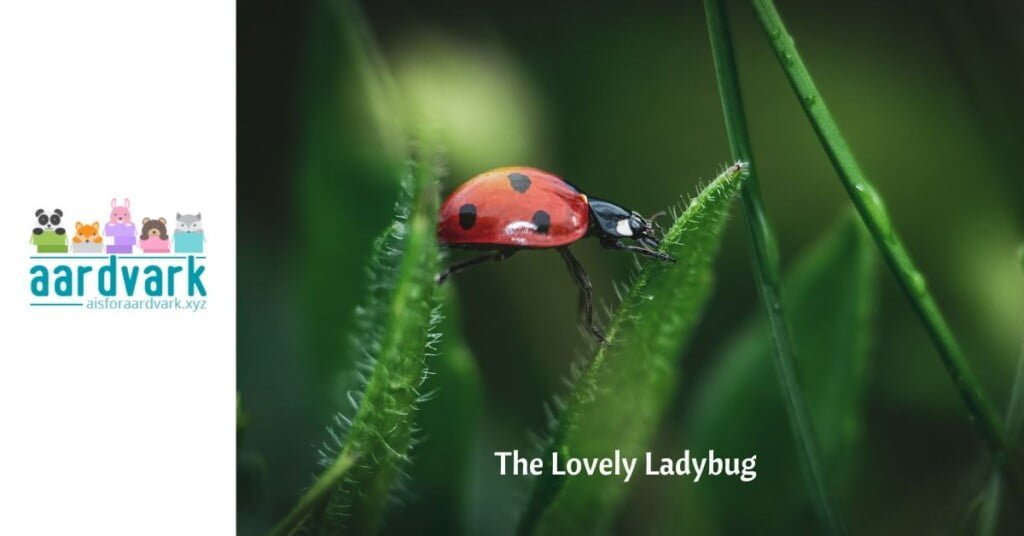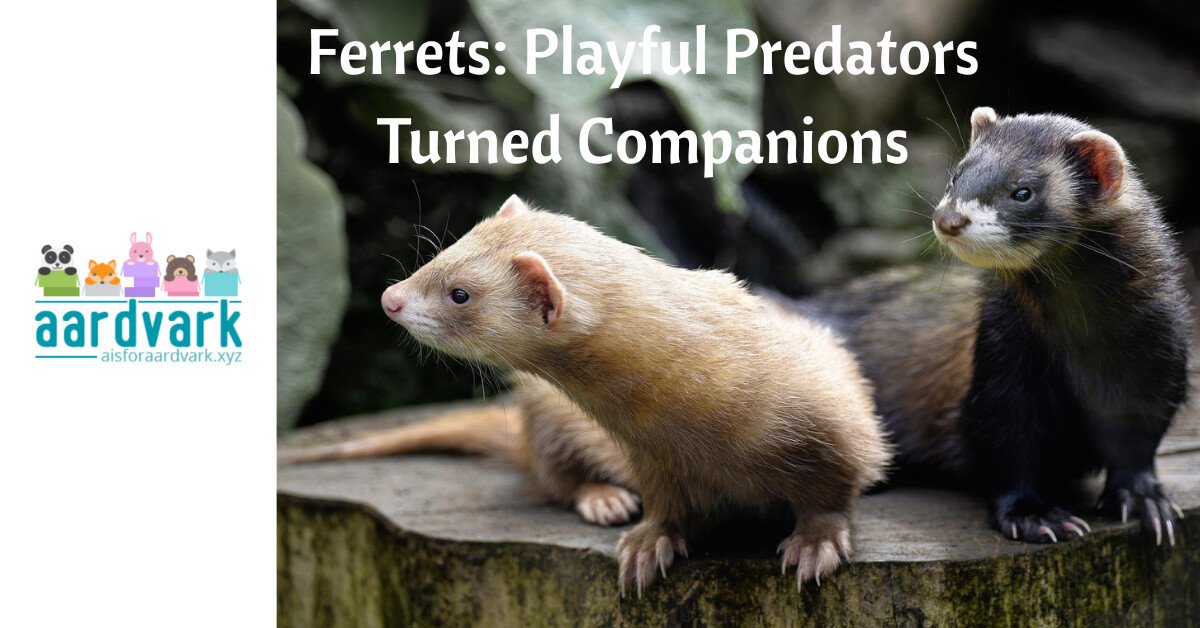Ladybugs, also known as lady beetles, are among nature’s most colorful and beloved insects. They are recognized universally for their bright, spotted appearance and their role as a gardener’s best friend. Let’s fly with these beloved insects and learn more about them!
Taxonomy and Species Diversity
Ladybugs belong to the family Coccinellidae, a group cherished for their aesthetic appeal and their appetite for pests like aphids and scale insects. These small beetles can control pest populations naturally, making them a vital component of biological pest control strategies.
Within the family Coccinellidae, there is a remarkable diversity of species, ranging in color from the familiar red with black spots to others that are yellow, orange, or even all black. The family encompasses over 5,000 described species worldwide. In the UK, these insects are commonly referred to as “ladybirds.”
Entomologists prefer the terms “ladybird beetles” or “lady beetles” because these creatures are true beetles in the order Coleoptera rather than “bugs” in the entomological sense, which belong to the order Hemiptera.
Physical Characteristics
Ladybugs are easily identifiable by their dome-shaped bodies and vibrant, spotted exoskeletons. These spots and bright colors generally warn predators about their foul taste, a defense mechanism supported by releasing a yellowish fluid from their legs when threatened.
Their tiny, rounded wings fold neatly under their colorful cases. Despite their small size, ladybugs are capable flyers, migrating to find food or hibernation spots.
Depending on the species, ladybugs can measure from 1 millimeter to 10 millimeters. The female is generally larger than the male.
Habitat and Distribution
Ladybugs live in a variety of environments, from grasslands and forests to riverbanks and urban gardens. They’re found on nearly every continent.
They adapt well to diverse habitats where they can find their primary food sources—aphids and other plant-eating pests.
Diet and Role in Pest Control
Ladybugs are voracious predators of aphids and other soft-bodied insects that harm plants. That makes them wonderful allies in both natural and cultivated environments. Gardeners or farmers often buy ladybugs to introduce to their gardens and fields.
Their diet helps control the population of these pests, reducing the need for chemical pesticides and supporting sustainable agriculture practices. Some species of ladybugs can consume hundreds of aphids in a week, highlighting their efficiency as natural pest controllers.
Reproduction and Lifecycle
The life cycle of a ladybug, like most insects, involves several stages – from egg to larva, pupa, and then adult.
Ladybugs typically lay their eggs directly in aphid colonies to ensure that the emerging larvae have immediate access to food. This strategic placement is crucial for the larvae’s survival, as they require substantial food to develop into healthy adults. Depending on environmental conditions, a ladybug’s lifecycle can vary from a few months to over a year.
Conservation and Environmental Impact
While ladybugs play a critical role in natural pest control, they face threats from habitat loss, pesticide use, and climate change. Conservation efforts are essential to protect these beneficial insects, as they help maintain the health of ecosystems and support biodiversity.
Programs that encourage the planting of native plants and reducing pesticide use can help sustain healthy ladybug populations. However, understanding and mitigating the impact of invasive ladybug species is also crucial for preserving native species and maintaining ecological balance.
Ladybugs in Culture
In many cultures, ladybugs are seen as symbols of good luck and prosperity. Both amateur and professional gardeners often welcome their presence in gardens. Children’s books, poems, and songs frequently feature ladybugs, emphasizing their appeal to people of all ages and their cultural significance as harbingers of good fortune.
Ladybugs not only contribute to biological pest control but also enhance the biodiversity of the environments they inhabit. Their role is vital in the balance of natural and human-modified ecosystems. By understanding and supporting the conservation of ladybugs, we can continue to benefit from their pest control abilities while protecting these charming and beneficial insects for future generations.







